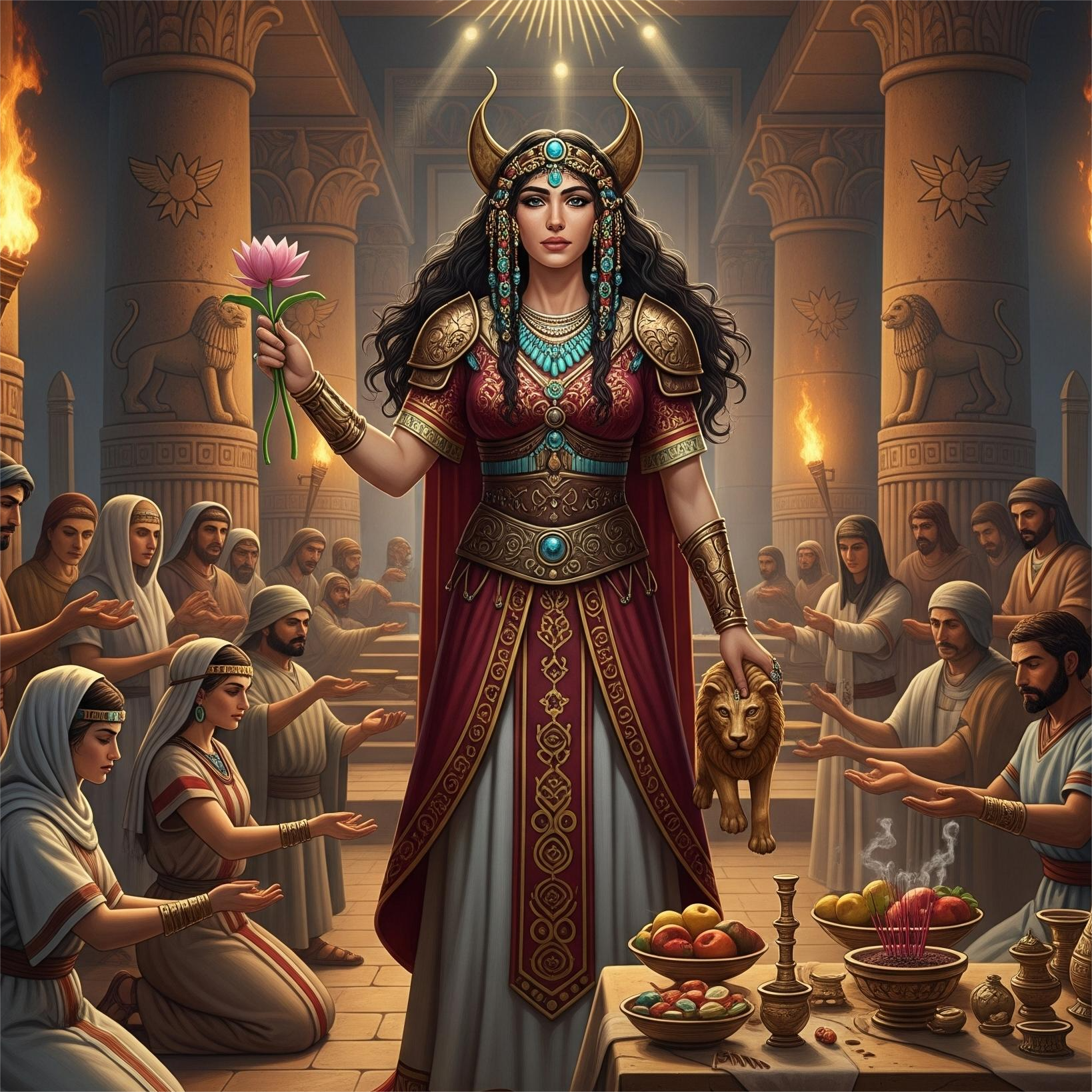The unicorn is one of the most enduring mythical creatures, appearing in European, Asian, and Middle Eastern traditions. Known as a horse-like animal with a single horn, it symbolizes purity, magic, and rarity.
Historical Origins
References to unicorns appear as early as ancient India and China, often described as solitary and elusive animals. Greek writers like Ctesias recorded sightings of unicorn-like creatures in India, blending observation with myth.
Symbolism and Interpretation
In medieval Europe, unicorns became symbols of chastity, innocence, and spiritual purity, often linked to Christian allegory. Their horns were believed to have medicinal powers, capable of purifying water and detecting poison.
Misidentified Real Animals
Many unicorn myths likely arose from misidentifying real animals, such as rhinoceroses, or interpreting narwhal tusks as unicorn horns. Despite this, the creature’s symbolic resonance persisted, influencing art, literature, and heraldry.
Modern Cultural Presence
Today, unicorns are prominent in fantasy literature, movies, and popular culture, representing magic, imagination, and rarity. They remain a metaphor for striving for the extraordinary and the mystical.







